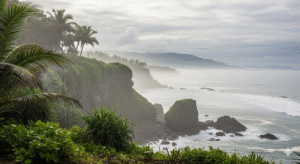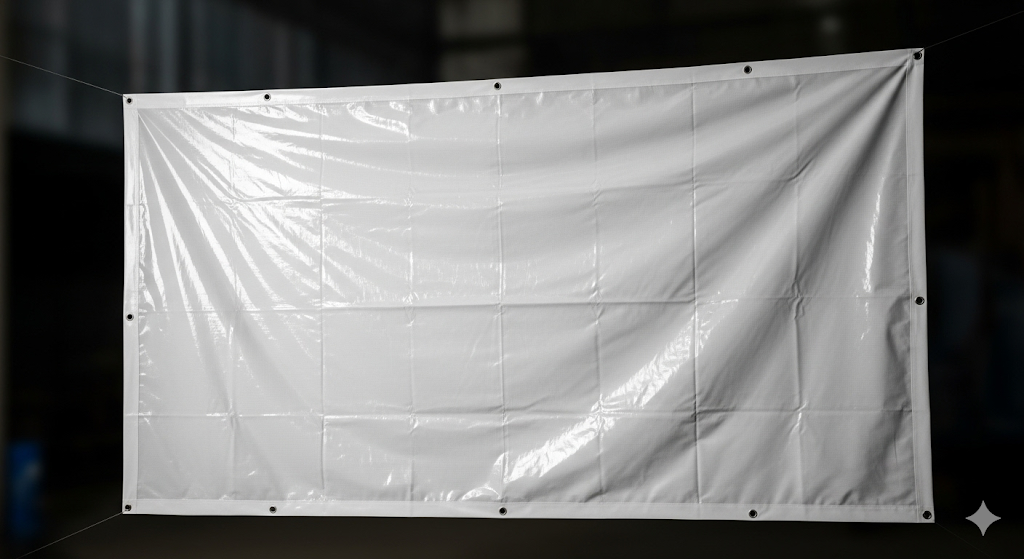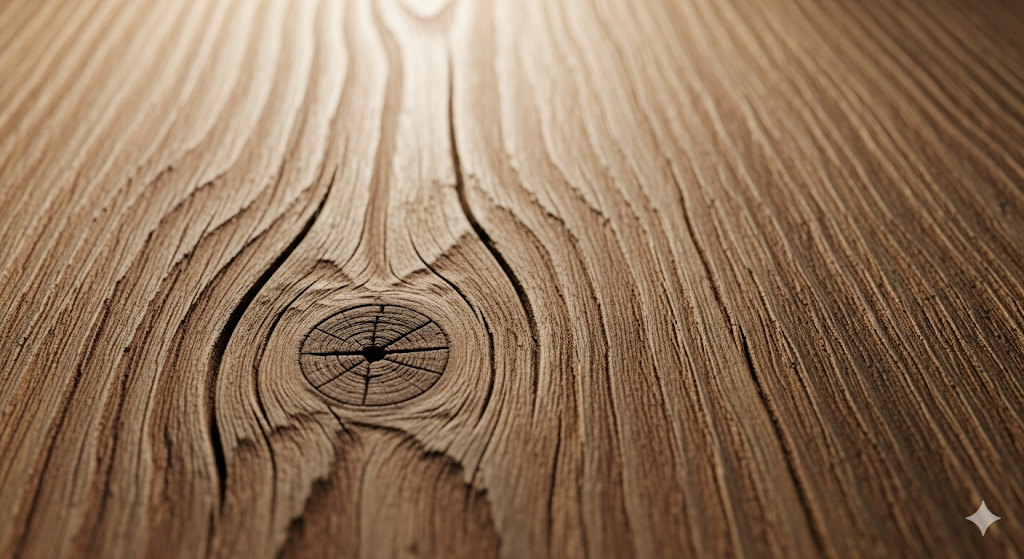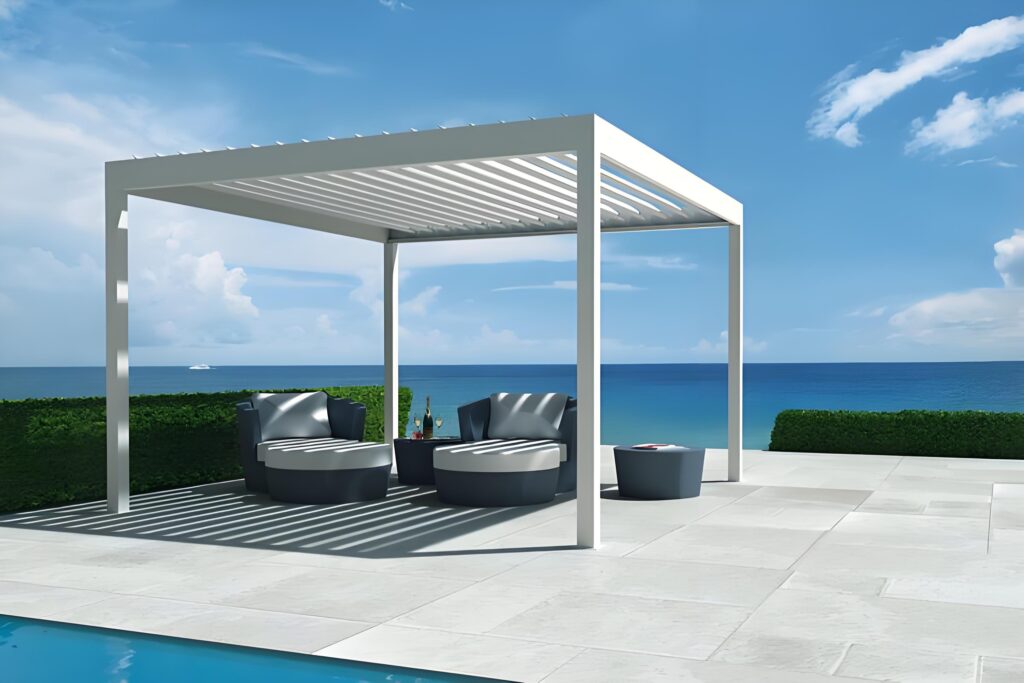Einführung
🌊
Die Herausforderung: Eine außergewöhnlich korrosive Umgebung

Die Wahl einer Küstenpergola für eine Küstenumgebung ist mehr als nur eine Designentscheidung – es ist eine technische Herausforderung, die weit über die Ästhetik hinausgeht. Die ständige Belastung durch Salz, hohe Luftfeuchtigkeit, starke UV-Strahlung und unvorhersehbare Winde schafft eine besonders korrosive Umgebung, in der herkömmliche Außenanlagen schnell verfallen. Die Wahl der richtigen Küstenpergola erfordert korrosionsbeständige Materialien, langlebige Oberflächen und eine Konstruktionstechnik, die den rauen Bedingungen des Lebens am Meer standhält und gleichzeitig den gewünschten Komfort und Stil bietet.
📋
Die Lösung: Ein datengesteuertes Framework
Dieser Leitfaden bietet Hausbesitzern und Bauunternehmern einen fachkundigen, datenbasierten Leitfaden zur Auswahl eines Pergolasystems, das für langfristige Haltbarkeit und Leistung in diesen anspruchsvollen Regionen ausgelegt ist. Wir behandeln die wichtigsten Umweltgefahren, vergleichen geeignete Materialien direkt und stellen eine technische Checkliste für eine sichere Investition bereit.
Zentrale Umweltherausforderungen für Pergola-Projekte an der Küste
Um die richtige Pergola auszuwählen, müssen Sie zunächst die Kräfte verstehen, denen sie ausgesetzt sein wird.
1. Salzkorrosion

Salzpartikel aus der Gischt wirken hartnäckig und stark korrosiv. Sie setzen sich auf den Oberflächen von Pergolen an der Küste ab und beschleunigen in Verbindung mit Feuchtigkeit den Verfall der meisten Metalle, insbesondere von Stahl. Sie können minderwertige Beschläge und Oberflächen innerhalb weniger Monate beschädigen.
2. Hohe Luftfeuchtigkeit

Konstant hohe Luftfeuchtigkeit schafft auf porösen Materialien wie Holz ideale Bedingungen für Schimmel, Mehltau und Pilzwachstum. Bei Metallen bedeutet dies, dass die Oberflächen länger feucht bleiben und so Korrosionsprozessen wie Rost mehr Zeit zur Verfügung steht.
3. Intensive UV-Bestrahlung

Küstengebiete sind oft direkter, ungefilterter Sonneneinstrahlung ausgesetzt. Diese intensive UV-Strahlung kann dazu führen, dass lackierte Oberflächen verblassen und kreidig aussehen. Materialien wie Vinyl und PVC können mit der Zeit spröde werden und reißen.
4. Starke Windlasten

Küstengebiete sind anfällig für starke Winde, tropische Stürme und Hurrikane. Jede Struktur muss so konstruiert sein, dass sie nicht nur steht, sondern auch erheblichen dynamischen Belastungen standhält. Windlasten ohne sich zu verbiegen, zu versagen oder ein Sicherheitsrisiko darzustellen.
Materialvergleich für Küstenanwendungen
Aufgrund der oben genannten Herausforderungen sind nicht alle Materialien gleich. Hier ist ein direkter Vergleich.
Goldstandard: Marine-beschichtet T6063-T5 Aluminium

Dies ist der unangefochtene Champion für Küstenanwendungen. 6063-T5 Aluminium ist aufgrund seiner Legierungszusammensetzung von Natur aus rostfrei. Geschützt durch eine leistungsstarke Pulverbeschichtung in Marinequalität bietet es optimalen Schutz vor Salz, Feuchtigkeit und UV-Strahlung. Dank seines hervorragenden Festigkeits-Gewichts-Verhältnisses eignet es sich zudem ideal für die Konstruktion hoher Windbeständigkeit.
Budget-Kandidat: PVC / Vinyl

Für eine Küstenpergola ist PVC beständig gegen Salzkorrosion und Fäulnis, aber seine erhebliche Schwäche in der strukturellen Festigkeit macht es für Gebiete mit starkem Wind und Hurrikanen ungeeignet. Außerdem kann es nach Jahren intensiver UV-Belastung spröde werden und sich verziehen.
Pflegeintensive Option: Holz

Holz ist zwar ästhetisch ansprechend, für Küstengebiete jedoch das am wenigsten praktische Material. Es ist sehr anfällig für Fäulnis und Schimmelbildung durch Feuchtigkeit, und das Salz beschleunigt den Abbau von Dichtungsmitteln und Farben, was eine ständige und teure Instandhaltung erfordert.
Checkliste für den Bau einer Küstenpergola: Ein Plan für Langlebigkeit
Um sicherzustellen, dass Ihre Investition von Dauer ist, überprüfen Sie diese vier wichtigen Spezifikationen.

1. Die richtige Legierung und das richtige Finish:
Stellen Sie sicher, dass die Struktur der Küstenpergola aus 6063-T5 Aluminium. Fragen Sie unbedingt, ob es sich bei der Oberfläche um eine Pulverbeschichtung in Marinequalität oder gemäß AAMA 2604/2605 handelt. Dies entspricht einem viel höheren Standard als bei herkömmlichen Beschichtungen.
2. Hardware aus Edelstahl 316
Der Rahmen kann perfekt sein, aber wenn die Bolzen, Schrauben und Befestigungselemente aus minderwertigem Stahl bestehen, sind sie die erste Schwachstelle. Für eine Küstenpergola, Edelstahl der Güteklasse 316 ist aufgrund seiner überlegenen Korrosionsbeständigkeit der Industriestandard für Schiffsanwendungen. Dies ist nicht verhandelbar.
3. Eine zertifizierte Windlastbewertung
Fragen Sie nach der spezifischen Windlastbewertung der Pergola. Für Küsten- und Hurrikan-gefährdete Regionen sollten Sie nach einer Struktur suchen, die mindestens 100 mph (160 km/h) Wind, was einem Hurrikan der Kategorie 2 entspricht. Überprüfen Sie dies immer anhand Ihrer örtlichen Bauvorschriften, die Sie über Ressourcen wie die finden können Baugesetz von Florida oder vergleichbare staatliche Behörden.
4. Ein unerschütterliches Fundament
Die Pergola muss auf Stahlbetonfundamenten verankert werden. In windreichen Gebieten ist die Verwendung von orkantauglichen Ankerbolzen eine notwendige Sicherheitsmaßnahme, um sicherzustellen, dass die gesamte Struktur sicher am Boden befestigt bleibt.
Der Küstenpergola-Wartungsplan
Auch die besten Materialien profitieren von einfacher Pflege.
Die 15-minütige Spülung (alle 4-6 Wochen):
Das Effektivste, was Sie tun können, ist ein einfaches Abspülen mit Süßwasser. Dadurch werden angesammelte Salzablagerungen weggespült, bevor sie die Oberfläche langsam angreifen können.
Die halbjährliche Inspektion (zweimal im Jahr):
Überprüfen Sie kurz, ob alle Teile fest sitzen und das Abflusssystem frei von Ablagerungen ist.
Häufig gestellte Fragen (FAQ) zu Coastal Pergola
F1: Was bedeutet eigentlich „Marine-Grade“-Pulverbeschichtung?
„Marine-Grade“ bezieht sich normalerweise auf eine Pulverbeschichtung, die den Hochleistungsstandards der American Architectural Manufacturers Association (AAMA) entspricht, insbesondere AAMA 2604 oder dem noch strengeren 2605. Diese Beschichtungen sind dicker, haltbarer und behalten ihre Farbe und ihren Glanz in Umgebungen mit hoher UV-Strahlung und Salzsprühnebel besser.
F2: Wird die Farbe meiner Aluminium-Pergola in der intensiven Küstensonne verblassen?
Alle Materialien verändern sich im Laufe der Jahre. Eine leistungsstarke, AAMA 2604/2605-konforme Beschichtung für eine Küstenpergola ist jedoch speziell mit UV-Inhibitoren formuliert, um eine extreme Lichtbeständigkeit zu gewährleisten. Sie behält ihre Farbe und Integrität deutlich länger als Standardbeschichtungen.
F3: Kann ich eine Holzpergola verwenden, wenn ich sie jedes Jahr versiegele?
Das ist möglich, aber es ist ein ständiger und kostspieliger Kampf. Die allgegenwärtige Feuchtigkeit und das Salz in der Luft finden jeden mikroskopisch kleinen Riss oder Spalt in der Versiegelung, was zu Feuchtigkeitseintritt und Verfall von innen nach außen führt. Für eine langfristige, spannungsarme Lösung ist Aluminium die bessere Wahl.


